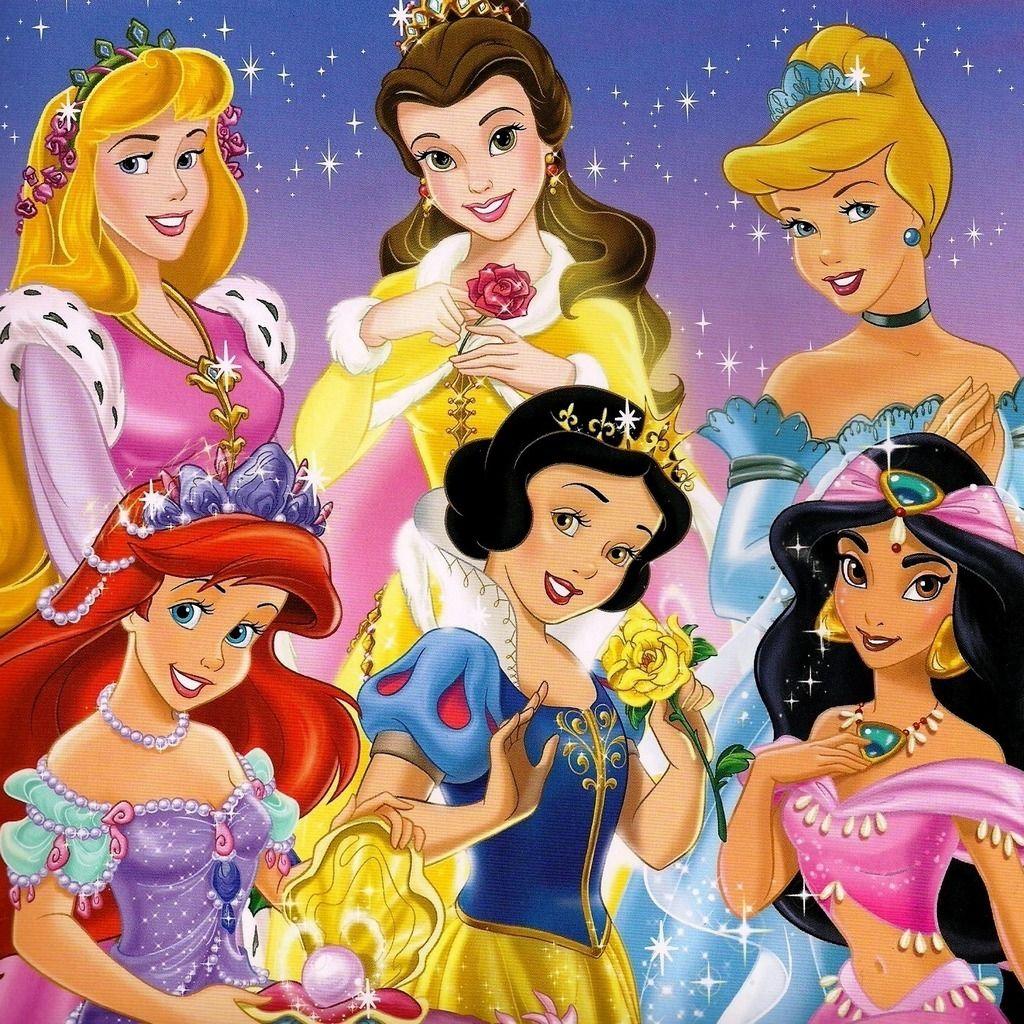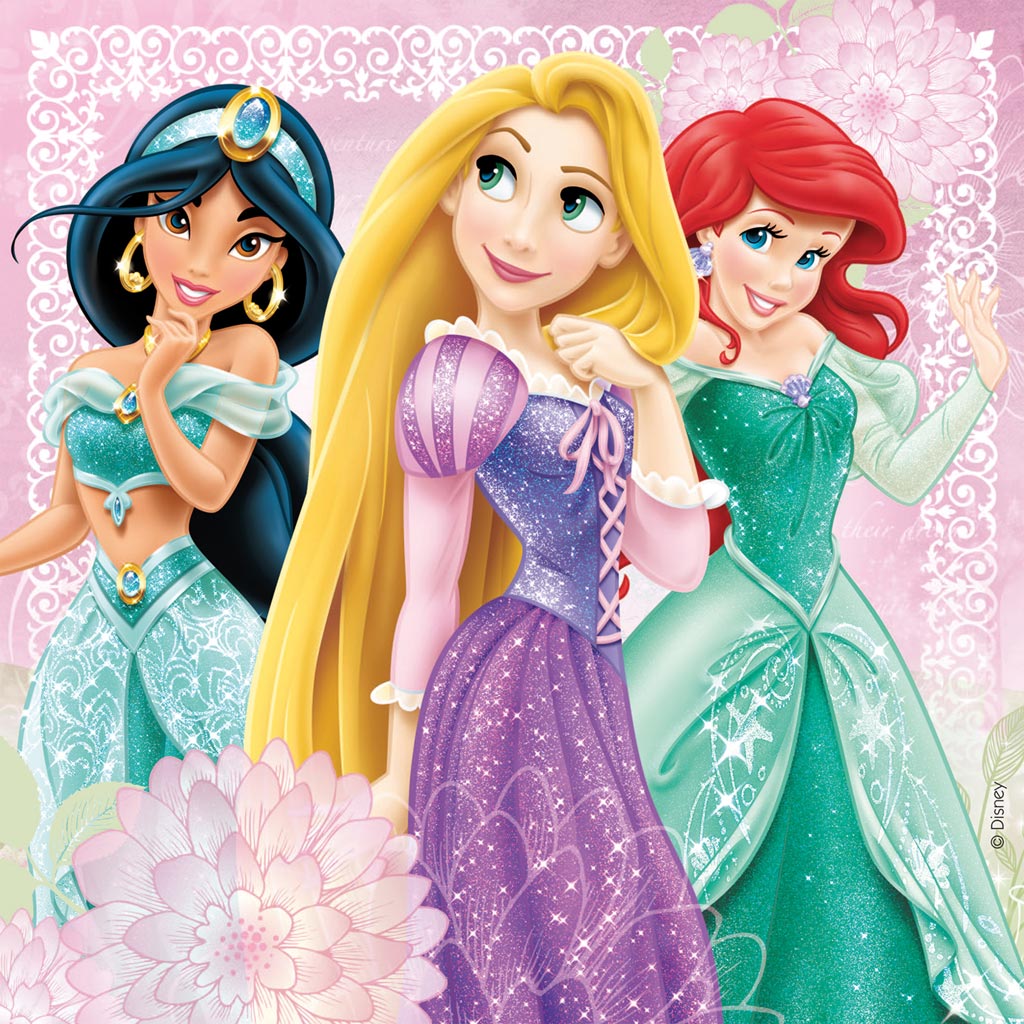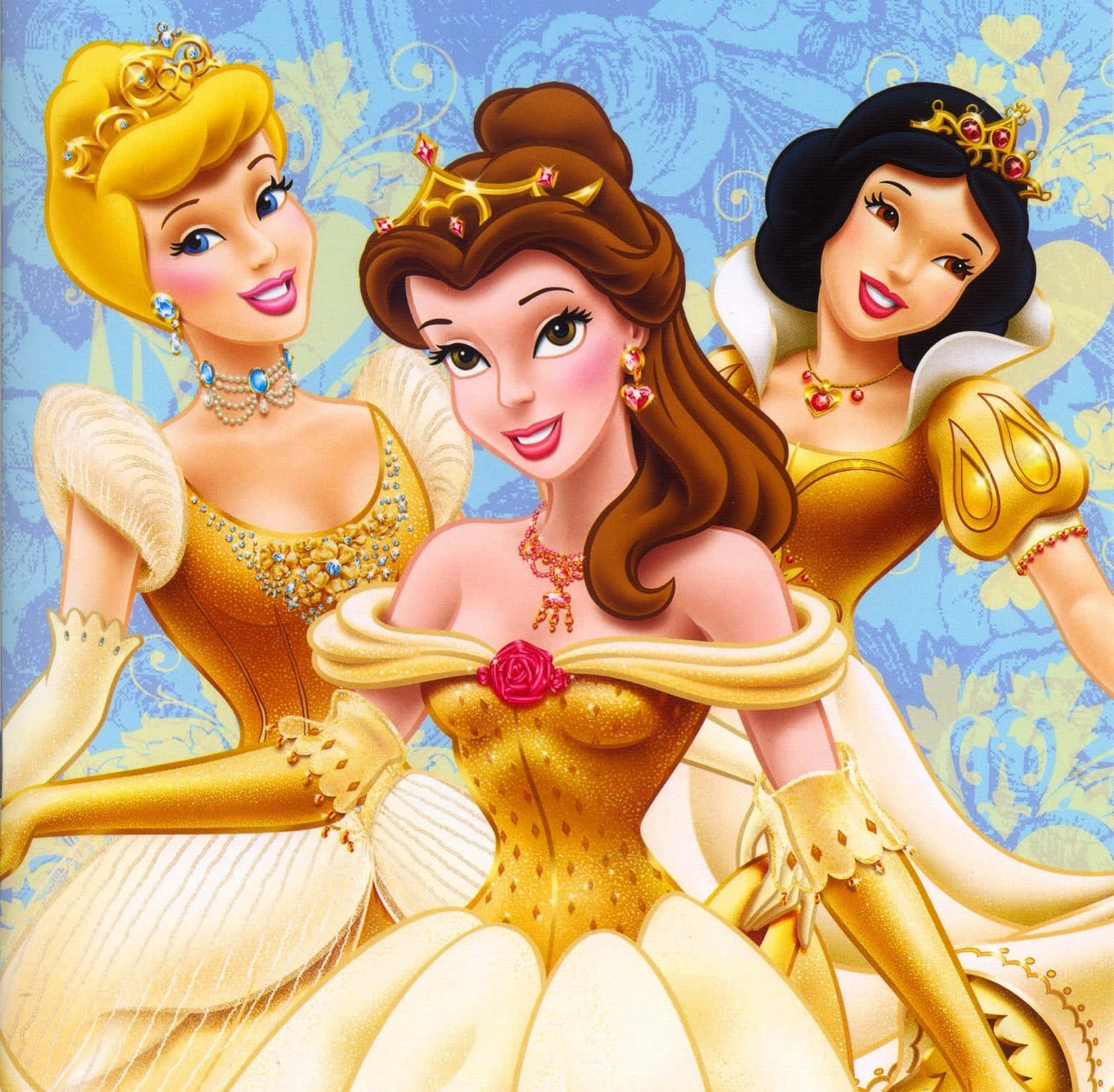Princess Diana And Boyfriend - A Public Story
The story of Princess Diana, in a way, continues to hold a strong grip on public interest, especially when thoughts turn to her personal connections. It is that, the way we talk about figures like her, that often shapes how we recall their lives. When we consider someone as widely known as Princess Diana, the discussions around her companions, her "boyfriends," become a lens through which we view her time in the public eye.
There is, you know, a sort of constant curiosity about those who stand in the bright glow of public life. For a figure like Diana, this interest extended to every aspect of her existence, even the most private. The words we use, the titles we give, and the ways we phrase things, actually, play a big part in building up the picture we hold in our minds about her and those close to her.
This exploration will, in some respects, look at how language itself frames our perceptions. We will consider the very words and ideas that swirl around the concept of a "princess" and her intimate relationships, drawing on some rather interesting points about how we use and understand language in general. It is a bit like looking at the threads that make up a shared story.
- Alligator Encounter Billy Horschel Golf Tournament
- Jaicy Elliot
- Original Marilyn Monroe Dress
- When Did Diddy Get Locked Up
- Pictures Of Little Big Town
Table of Contents
- Understanding the Public Persona of Princess Diana
- How Do We Talk About a Princess's Relationships?
- The Idea of a Princess - Beyond the Title
- Public Narratives and Private Lives
Understanding the Public Persona of Princess Diana
Biography - A Conceptual Look
When we think about a public figure, particularly someone known as a "princess," our understanding is often shaped by the very words we use to describe them. The term "milady," for instance, made its appearance around 1778, coming partly from French, and it was a way of addressing or speaking about a noblewoman. This gives us a glimpse into how titles and forms of address have long been tied to a person's standing, or so it seems. For Princess Diana, her very designation as a "princess" carried with it a certain public expectation and, basically, a way of being seen. We know that there are times when "mister" is either a portion of a style or a complete style, but in that case, it is associated with some position, like a role or a job. This really makes you think about how labels stick to people, doesn't it?
The public persona of Princess Diana was, in a way, built upon these foundations of language and expectation. People often wished for her, or saw her, as if she were a storybook character. She dressed herself up as though she were a little princess, and there was a widespread feeling that she wished she were a little princess, too. This desire for an idealized version of royalty, or perhaps a simpler existence, played into how her life was perceived. The language used to talk about her, and her relationships, often echoed these deeper, sometimes almost fairy-tale, notions. My father, for example, helped organize the crowning ceremony in 1953, so it is clear that royal events and figures have long been part of the public fabric, and the way we discuss them, naturally, evolves.
Personal Details and Public Language - Princess Diana and Boyfriend
When considering the personal details of a figure like Princess Diana, especially concerning her "boyfriend" or companions, the available text provides a fascinating, if abstract, look at how public language frames such relationships. It doesn't give us direct facts about her personal life, but rather, insights into the linguistic tools we use to discuss public figures and their private connections.
- Prince Edward Duke Of Edinburgh
- Prize Money For Masters
- The Slender Man Stabbing
- Is Lady Gaga Jewish
- Lib Reunion Season 6
| Aspect of "Personal Detail" (as reflected in language) | Linguistic/Conceptual Reference from "My Text" | Implication for "Princess Diana and Boyfriend" |
|---|---|---|
| Public Perception of Her Role | "She dressed herself up as though she were a little princess, She wishes she were a little princess" | Suggests an idealized, perhaps even childlike, public image that might influence how her romantic partners were viewed or expected to be. |
| Formal/Informal Address | "milady... title used when addressing or speaking of an." / "mister is either a portion of a style or a complete style, but in that case it is associated with some position" | Highlights how titles and forms of address could apply to her or her partners, indicating their public standing or lack thereof. |
| The "Partner" Concept | "He orders me about as if i were his wife,(but i’m not) he wishes i were his wife,." | Points to hypothetical relationships and the public's tendency to speculate about roles and dynamics within a royal connection, even if they are not truly there. |
| Linguistic Norms & Deviations | "We would not refer to the disney princesses as princesseez or home addresses as adresseez." / "grammatically incorrect" | Shows that there are "rules" for how we talk about royalty, and any deviation might draw attention, possibly to how a "boyfriend" was described or perceived outside of official terms. |
| The "Little" Connection | "The form lil is used, but the most common variant seems to be lil' (capitalized when it is a name).,Wikipedia lil is a kind of prefix and is the short form of little." | Could imply a sense of familiarity or endearment, perhaps used by the public or inner circle for a "boyfriend," or simply reflecting a more personal, less formal side. |
| Narrative Framing | "I was stuck trying to force the beginning of the story far into the past, yet allow the rest to be in the present, but historical present tense." | Illustrates how the public narrative around Diana and her relationships was constructed, often blending past events with present interpretations. |
How Do We Talk About a Princess's Relationships?
The Language of Connection - Princess Diana and Boyfriend
When we discuss the companions of a public figure like Princess Diana, the language we choose, or that others choose for us, really matters. Consider, for instance, how a title like "milady" came into being, or how "mister" is tied to a specific role. These terms, in a way, set a tone for how we address or even think about people. For a "boyfriend" of a princess, there is, you know, no established royal title that fits neatly, which leaves a bit of a void in formal language. This might lead to more informal terms, or perhaps even a sense of awkwardness in how the public talks about such a connection.
It is interesting to note, too, that the way people speak about relationships, especially those in the public eye, can sometimes show a sort of two-faced behavior. There are those who might say that certain things are not fair in war, but who routinely take advantage of chances when they come up anyway. This kind of public judgment, or the way people pick apart private lives while claiming to uphold certain standards, applies very much to the discussions around Princess Diana and any "boyfriend" she might have had. The words used can carry a lot of hidden meaning, or even a subtle criticism, which is something to consider.
Is There a "Correct" Way to Speak of a Royal Romance?
The question of how to properly talk about a royal romance, especially involving someone as beloved as Princess Diana and a "boyfriend," brings up some fascinating points about language rules. We are taught, for instance, that there is a common rule for how words end when they mean more than one. We would not refer to the Disney princesses as "princesseez" or home addresses as "adresseez." This highlights that even in everyday language, there are accepted forms. So, naturally, when it comes to a public figure's personal life, people often look for a "correct" way to frame the narrative.
However, it is not always easy to make clear to people in general that something is not following language rules. The public discourse around Princess Diana and any "boyfriend" often moved beyond formal rules, embracing more colloquial or speculative ways of speaking. Think about how a singer might say "get up offa that" at a concert; it is not grammatically perfect, but it communicates powerfully. Similarly, public conversations about royal relationships often adopt a less predictable structure, blending formal respect with informal gossip, creating a sort of linguistic mix that is unique to celebrity culture.
The Idea of a Princess - Beyond the Title
When a Princess is "Just a Little Princess" - Princess Diana and Boyfriend
The public often holds a very particular image of what a "princess" embodies. There is this idea, for example, that someone dressed herself up as though she were a little princess, or that she genuinely wished she were a little princess. This perception, almost like a dream, plays a big part in how we see figures like Princess Diana. It suggests a certain innocence, a touch of magic, or perhaps a life less burdened by the intense scrutiny that came with her actual position. When a "boyfriend" enters this picture, he is, in a way, immediately placed into this existing narrative of what a "princess" means to the public.
This idealized view can sometimes clash with the realities of a personal connection. The public might project their own hopes or storybook endings onto the relationship, rather than seeing it as a private bond between two people. It is almost as if the "boyfriend" becomes a character in the ongoing public story of the "little princess." This can lead to, you know, a very different kind of pressure on the relationship itself, as it is constantly measured against a collective, often romanticized, ideal.
What About the "Lil'" Connection?
Language has a way of creating intimacy, even from a distance. Consider the form "lil'," which is used as a kind of prefix and is the short form of "little." While the most common variant seems to be "lil'" (capitalized when it is a name), this informal shortening suggests a move towards a more familiar, less formal way of speaking. For someone like Princess Diana, and particularly in the context of a "boyfriend," such linguistic shortcuts could indicate a shift in public perception.
Perhaps, in a way, the public or even those close to her might have used more familiar, "lil'"-like terms when referring to her or her companions, moving beyond the strict formalities of "milady" or "mister." This kind of casual reference, you know, can soften the image of royalty, making it feel more approachable and, in some respects, more human. It is a subtle shift, but one that highlights how language adapts to convey different levels of closeness or public sentiment around a figure like Princess Diana and her relationships.
Public Narratives and Private Lives
Crafting the Story - Princess Diana and Boyfriend
The way we talk about the past, even when we try to bring it into the present, can be quite complex. There are times when a writer gets stuck trying to force the beginning of a story far into the past, yet allow the rest to be in the present, but using only historical present tense. This struggle to narrate, to choose a time frame, mirrors how the public, and the media, construct the story of Princess Diana and any "boyfriend" she might have had. It is a constant effort to make a historical figure feel immediate and relevant, even when discussing past relationships.
This process of crafting a public narrative is, basically, a collective effort. Think of it like a large network of question and answer communities, similar to the Stack Exchange network, which is a very trusted online community for developers to learn and share their thoughts. The public sphere, too,
- Kandi Burruss Breast
- What Do Alligators Do During Hurricanes
- Is Carolyn Perron Still Alive 2023
- John Daly Wife
- Zach Bryans Ex Gf

Disney Princess iPad Wallpapers - Top Free Disney Princess iPad

Disney Princess - Disney Princess Photo (33708180) - Fanpop

Download Princess Pictures | Wallpapers.com